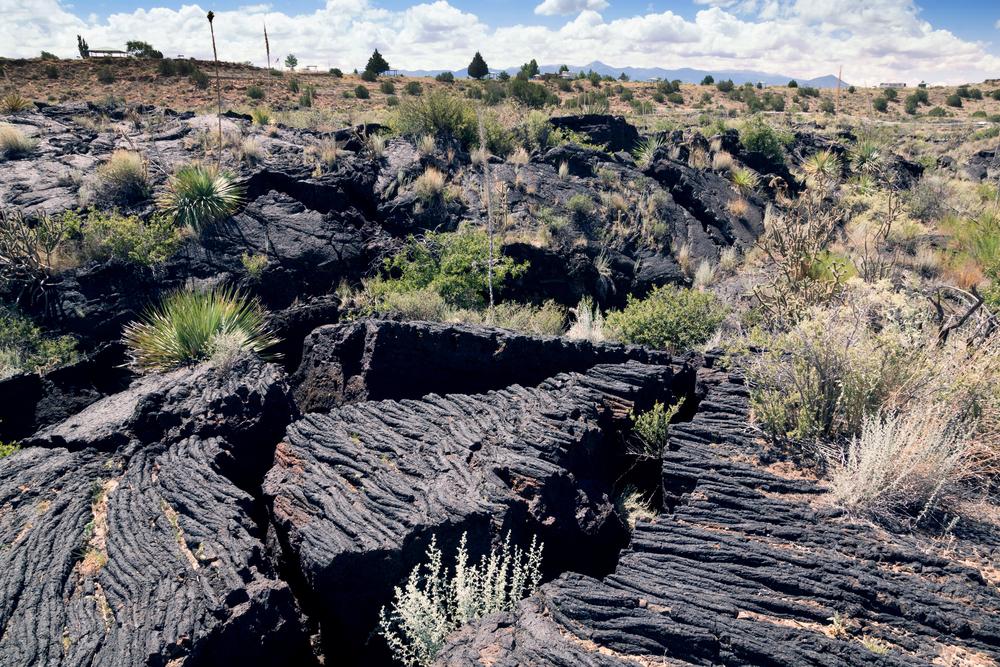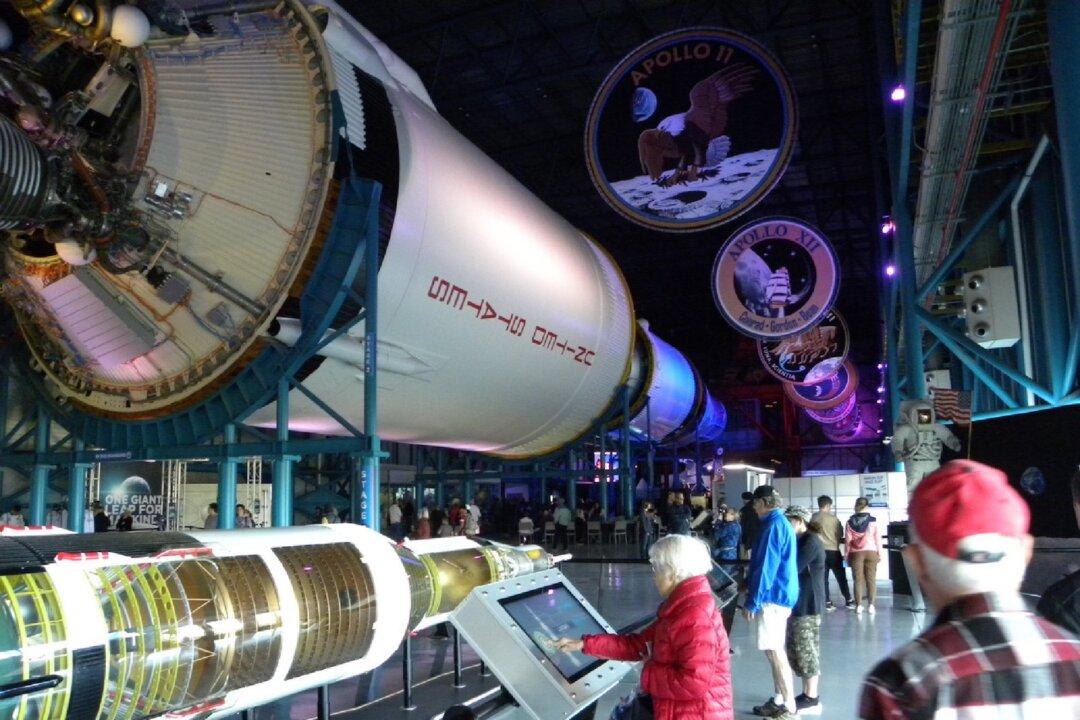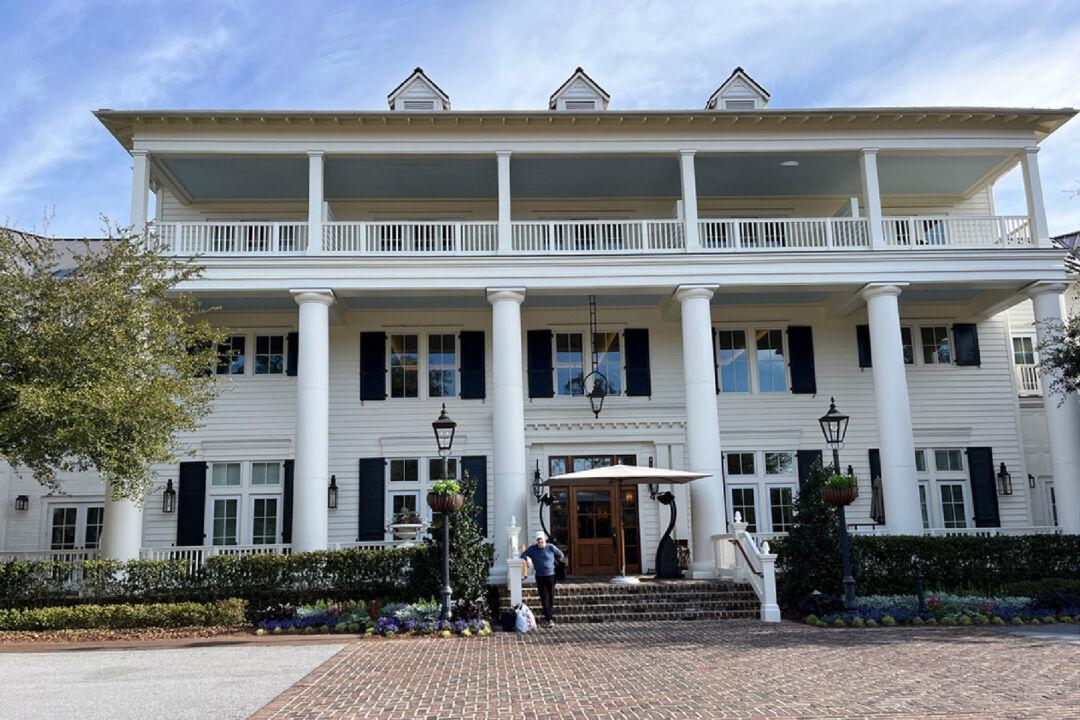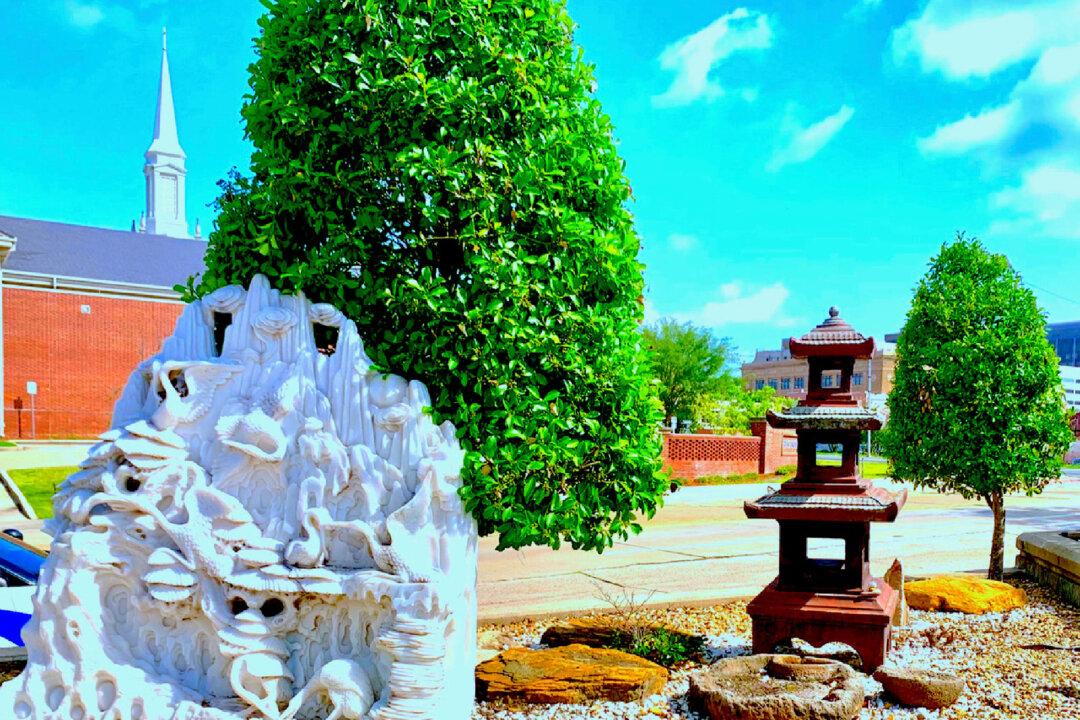On a recent RV trip across the United States, we discovered places which we had never heard of that turned out to be real finds. Valley of Fires Recreation Area is part of the Bureau of Land Management—protected areas where ranchers are allowed to graze their animals and people are allowed to hunt, fish, camp, hike, and picnic if they respect and care for the cleanliness and safety of the land, which no individual owns. A few campsites in some of these places can be reserved, but most are on a first-come, first-served basis.
We had never heard of Carrizozo, New Mexico, a town of only 760 people on U.S. Highway 380, but in Tularosa, we saw brown signs pointing to the Valley of Fires Recreation Area. We knew that brown signs always indicate parks, museums, and other points of interest, historic importance, and great recreation, so that’s where we went.




